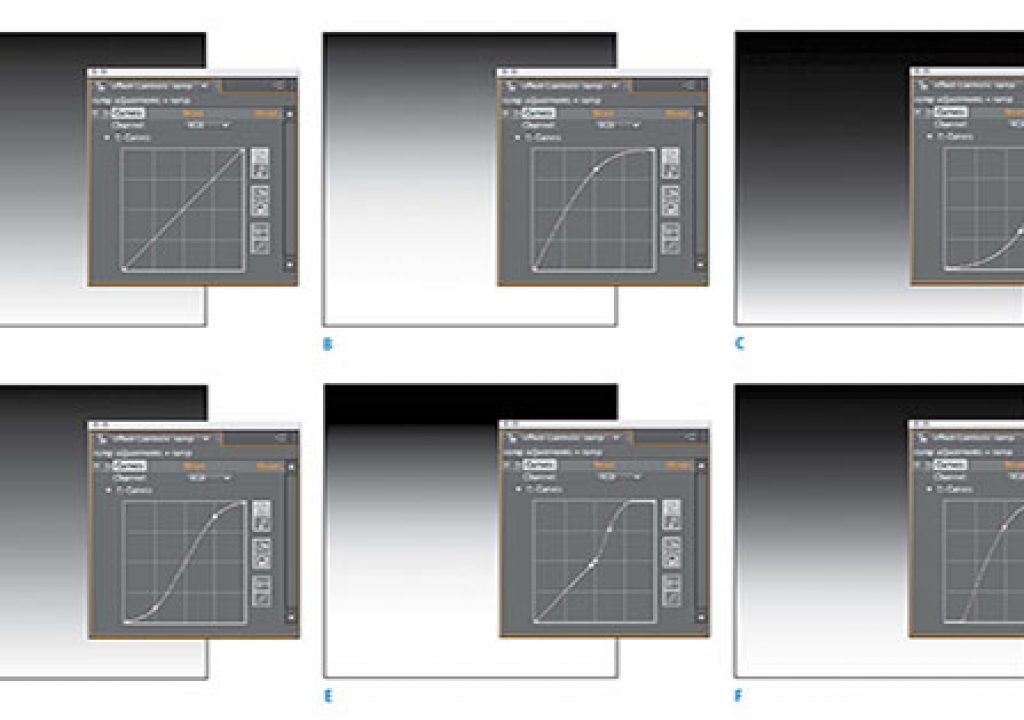'Adobe After Effects CS6 Visual Effects and Compositing Studio Techniques' by Mark Christiansen surveys the art of compositing and visual effects using After Effects.
While most books on AE focus on covering motion graphics features or step-by-step instruction, this one gives you a succinct overview of optimizing the use of AE and covers a variety of advanced topics to get you closer to VFX-oriented looks you desire. The latest edition adds coverage for important new features, trims some material onto PDFs, and generally hones the content for the latest toolset.
Some of the brief explanations put into stark relief just what you don’t know, so beginning AE users should first look at various free introductory tutorials available on the web like Getting Started with After Effects by Todd Kopriva, Classroom: Basic Compositing and Animation in After Effects CS5 by Adam Shaening-Pokrasso, Adobe TV’s Lynda.com (which has After Effects Apprentice and much more). You can find many additional details using the Creating Motion Graphics for After Effects for AE CS5.5 by Trish and Chris Meyer, which catalogs just about every feature niche and quirk in AE.
Intermediate users can jump right into AE VFX Studio Techniques because it builds a solid foundation for working as a power user in AE. Editors and motion graphics artists interested in expanding horizons, as well as those lax in staying abreast of the latest versions of AE, will all benefit from the focus on best practices and the many useful sidebar tips and notes.
The first section (one-third) of the book deals with UI, using alpha channels, masks & composite modes (especially for building mattes), and optimizing rendering. The main focus is on the Timeline, AE’s “killer app.” Here Christiansen discusses navigation, the Graph Editor, control of keyframes, motion blur, and time manipulation — with shortcuts & tips to rule them all. Chapter 4 in this section, Optimizing Rendering (free PDF preview in Sample Content), is the techie settings/setup chapter and includes material on the impact of the Global Performance Cache in CS6. Even experienced AE users should pick up things in this section.
The next section on the essentials of compositing is the heart of the book. The benefit of gaining control over color and the ability to create keys and procedural mattes can not be overstated. Highlights include :
- Tonal and color correction by mastering levels and curves, with good coverage of color matching
- Generating procedural mattes, “Steps to a Perfect Key,” and strong coverage of keying and the KeyLight filter
- Rotoscoping and paint, Roto Brush, refining mattes, tracking for masks and paint (no shapes and morphing; Puppet Tool moved PDF)
- Tracking is covered in depth; 3D Camera Tracker, Warp Stabilizer, the old Point Tracker, Mocha AE planar tracker
- AE’s 3D Camera, stereo 3D, camera projection, focus and blur, grain, and more
- Expression scripting essentials with practical examples for property linking, looping, offsets, etc. The cool grain averaging expressions didn’t make this version, but there’s a Scripting Appendix by Jeff Almasol and an After Effects JavaScript Guide by Dan Ebberts available on the DVD. There’s also as tips on newer 3rd-party After Effects scripts that enhance and automate tedious workflows (AE Scripts has at least some of them).
- 32-bit float compositing, good intro to HDR, LUTs and other colorspaces & issues (color management on PDF)
The last section of the book explores best practices of common creative VFX tasks involving light, environment matching, heat, and explosions. Highlights include :
- Neutralizing hotspots, color looks including Day for Night and Adobe Speedgrade intro, a simple solution for Light Wrap, relected light, shadows, multi-pass 3D composites
- Climate and environment matching for thick air, smoke, precipitation, sky replacements
- Pyrotechnics including firearms muzzle flashes, subtleties of heat distortion, energy effects like lightsabers and lightning, creating and using fire elements and explosions
After Effects CS6 VFX Studio Techniques gives you a firm foothold in visual effects in only 450 pages. Small sacrifices come at the expense of explanations of mographic features and workflows to other Adobe applications – but you can find this information in many other places, like AE Help, and resources noted above. There is an online sample chapter, How to Optimize Projects in Adobe After Effects CS6, now in PDF with the friendly readability of the book. The author shared additional details here on PCV in Is After Effects for Editors?, on why editors on many Hollywood productions are more valuable with After Effects skills.
This book takes a different approach, not only by giving you “just the facts,” but by adding a task-based focus oriented to visual effects. This edition adds coverage of new features added since CS5 that enhance workflows considerably. The book is a great one-stop shop for learning visual effects basics and, while not a cookbook, is suitable for all kinds of users. It complements the approaches in books like Creating Motion Graphics, and adds “divide and conquer” methods and practical tips to solve many specific problems in After Effects.

